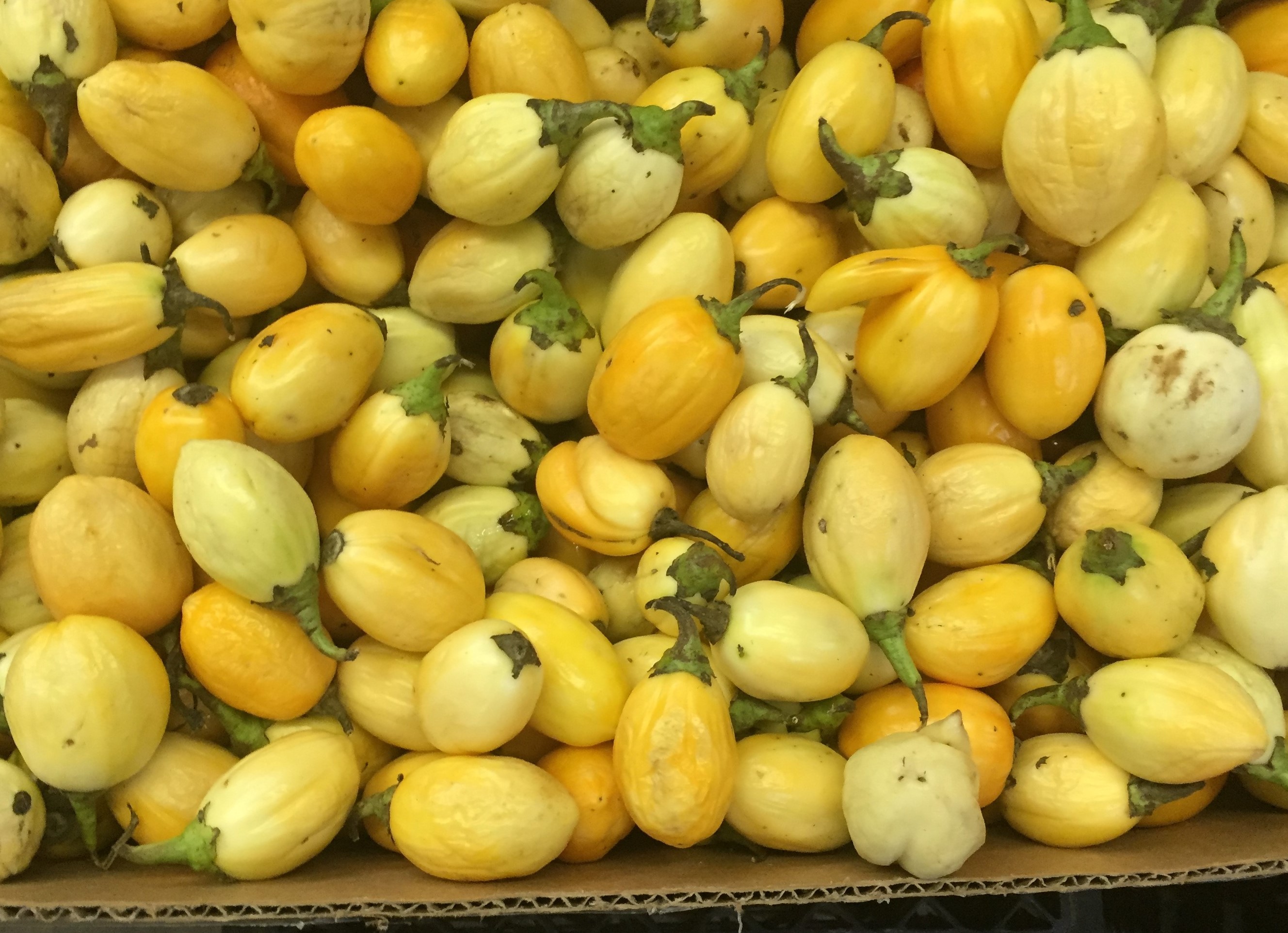

Articles
What Is A Garden Egg
Modified: January 5, 2024
Learn all about gardening and how to grow garden egg plants with our comprehensive guide. Discover tips, techniques, and expert advice to cultivate your own garden at home.
(Many of the links in this article redirect to a specific reviewed product. Your purchase of these products through affiliate links helps to generate commission for Storables.com, at no extra cost. Learn more)
Introduction:
Welcome to the wonderful world of gardening! Gardening is not just a hobby, but a fulfilling and rewarding activity that allows you to connect with nature, beautify your surroundings, and even provide nourishment for yourself and your loved ones. One of the most versatile and delicious vegetables you can cultivate in your garden is the garden egg. Also known as the eggplant or aubergine, the garden egg is a staple in many cuisines worldwide. But what exactly is a garden egg and why should you consider growing it in your garden?
The garden egg, scientifically known as Solanum melongena, is a member of the nightshade family and is closely related to tomatoes, peppers, and potatoes. It originated in India but quickly spread to other parts of the world through trade and exploration. The name “garden egg” was given to this vegetable due to its egg-like shape and vibrant colors that resemble the hues of different eggshells.
What makes the garden egg truly remarkable is its incredible versatility and nutritional value. This vegetable comes in different varieties, each with its own unique flavor and texture. From vibrant purple to glossy black or even striped varieties, the garden egg adds a pop of color and excitement to any garden or plate.
The garden egg is a nutritional powerhouse, packed with vitamins, minerals, and antioxidants. It is a low-calorie vegetable and is rich in dietary fiber, making it an excellent choice for those looking to maintain a healthy weight and improve their digestive health. Additionally, garden eggs contain essential nutrients such as potassium, folate, and vitamin K, which are important for maintaining optimal health and supporting various bodily functions.
Not only is the garden egg nutritious, but it is also incredibly versatile in the kitchen. Whether you roast, grill, sauté, or use it as a base for dips and spreads, the garden egg offers a unique and delicious flavor. It is a staple ingredient in many traditional dishes, such as baba ganoush, moussaka, and ratatouille. The possibilities are endless when it comes to incorporating garden egg into your culinary creations.
In addition to its culinary uses, the garden egg also offers numerous health benefits. It has been found to have anti-inflammatory properties, aid in digestion, and even help in controlling diabetes and hypertension. Its rich antioxidant content is known to boost the immune system and protect against various diseases, including certain types of cancer.
Now that you’re intrigued by the garden egg’s many qualities, you may be wondering how you can grow and harvest it in your own garden. Don’t worry; I’ve got you covered. In the following sections, we will delve into the different varieties of garden egg, its nutritional profile, how to grow and harvest it, common pests and diseases to watch out for, and tips for using garden egg in cooking.
So, get ready to get your hands dirty and embrace the joys of gardening with the versatile and delicious garden egg!
Key Takeaways:
- Garden egg, also known as eggplant or aubergine, is a versatile and nutritious vegetable with rich antioxidants, vitamins, and minerals, offering numerous health benefits for heart health, weight management, and digestive health.
- With its diverse culinary uses, from stews and soups to roasting and grilling, garden egg adds unique flavors and textures to dishes, inspiring creativity and enhancing the dining experience.
Read more: How To Store Egg Shells For Garden
Definition and Origin of Garden Egg:
The garden egg, also known as the eggplant or aubergine, is a vegetable that belongs to the Solanum melongena species. It is characterized by its glossy, smooth skin and vibrant colors, ranging from deep purple to black, green, or even striped varieties. The name “garden egg” is mostly used in Africa and parts of the Caribbean, while “eggplant” is more commonly used in North America, Australia, and some European countries.
Originally, garden egg is believed to have originated in India, where it has been cultivated for thousands of years. It then gradually made its way to different parts of the world through trade and exploration. Some historical records suggest that it was introduced to Europe by the Arabs in the 13th century. During the Renaissance, it gained popularity as a decorative plant in European gardens, hence the name “garden egg.”
Today, garden egg is cultivated and enjoyed in various cuisines around the world. It plays a prominent role in Mediterranean, Middle Eastern, and African cuisines, where it is used in a wide array of dishes. From Italy’s famous eggplant parmigiana to Egypt’s baba ganoush, the versatility and unique taste of the garden egg have made it a beloved ingredient in many traditional recipes.
In Africa, particularly in Nigeria, Ghana, and Cameroon, garden egg is an essential ingredient in traditional dishes. It is used in stews, soups, and side dishes, adding flavor, texture, and nutritional value to the meal. In some cultures, garden egg is even considered a sacred vegetable and is used in rituals and celebrations.
Although India is credited as the birthplace of the garden egg, it has become ingrained in the culinary traditions of many countries. Each region has its own unique way of preparing and consuming this versatile vegetable, showcasing its adaptability and cultural significance.
Whether you call it garden egg, eggplant, or aubergine, there’s no denying the widespread appeal and popularity of this vegetable. Its rich history and varied uses in different cuisines make it a fascinating addition to any garden and an exciting ingredient to experiment with in the kitchen.
In the next section, we will explore the different varieties of garden egg and the characteristics that distinguish them from one another, helping you choose the right one for your garden and culinary preferences.
Varieties of Garden Egg:
The garden egg comes in a wide range of varieties, each with its own unique characteristics, flavors, and uses. These different varieties offer gardeners and cooking enthusiasts the opportunity to explore diverse tastes and textures. Here are some of the most popular varieties of garden egg:
- Classic Purple: This is the most common variety of garden egg, featuring a deep purple color and a smooth, glossy skin. It has a mild, slightly bitter flavor and a tender texture when cooked. Classic Purple garden egg is versatile and can be used in a variety of dishes, including stews, stir-fries, and dips.
- Black Beauty: As the name suggests, this variety of garden egg has a dark, almost black skin. It is larger compared to the Classic Purple variety and has a sweeter, more robust flavor. Black Beauty garden egg is often used in Italian and Mediterranean cuisine, where it is a key ingredient in dishes like eggplant parmigiana and ratatouille.
- Japanese Eggplant: This variety of garden egg is long and slender, with a deep purple skin. It has a delicate, mild flavor and a tender texture. Japanese Eggplant is widely used in Asian cooking, particularly in dishes like stir-fries, curries, and tempura.
- Fairy Tale: The Fairy Tale garden egg is a smaller variety with an elongated shape and vibrant purple stripes. It has a sweet, slightly nutty flavor and a firm, yet tender texture. The Fairy Tale garden egg is perfect for grilling, roasting, or using in salads and appetizers.
- White Eggplant: This unique variety of garden egg features a cream-colored skin and a mild, slightly sweeter flavor compared to the purple varieties. It has a denser texture and holds its shape well during cooking. White Eggplant is often used in Mediterranean and Middle Eastern dishes, such as moussaka and baba ganoush.
These are just a few examples of the many garden egg varieties available. Depending on your location and personal preference, there may be additional local or heirloom varieties to choose from. When selecting garden egg varieties for your garden, consider factors such as taste, size, and cooking suitability. Experimenting with different varieties can add excitement and diversity to your culinary creations.
Now that you know about the various types of garden egg, let’s move on to the next section, where we’ll explore the nutritional value of this versatile vegetable and how it can contribute to a healthy diet.
Nutritional Value of Garden Egg:
The garden egg not only adds flavor and texture to your meals, but it also offers a plethora of essential nutrients that contribute to a healthy and well-balanced diet. Here is a breakdown of the nutritional value of garden egg:
1. Vitamins and Minerals: Garden egg is rich in vitamins and minerals that are beneficial for overall health. It is a good source of vitamin C, which aids in the production of collagen and supports the immune system. Additionally, it contains vitamin K, which is essential for blood clotting and bone health. Garden egg is also a good source of potassium, which helps regulate blood pressure and maintain proper heart function.
2. Antioxidants: Garden egg is loaded with antioxidants, including anthocyanins, chlorogenic acid, and nasunin. These compounds help protect the body against cellular damage caused by harmful free radicals. Studies have shown that the antioxidants in garden egg may have anti-inflammatory properties and may help reduce the risk of chronic diseases, such as heart disease and certain types of cancer.
3. Dietary Fiber: Garden egg is an excellent source of dietary fiber, which is important for maintaining a healthy digestive system. Fiber adds bulk to the diet, promoting regular bowel movements and preventing constipation. It also helps regulate blood sugar levels, lower cholesterol levels, and promote a feeling of fullness, making it a valuable component of a weight management plan.
4. Low in Calories: If you’re watching your calorie intake, garden egg is an ideal choice. It is a low-calorie vegetable, meaning you can enjoy its goodness without worrying about excessive calorie consumption. Whether you’re grilling, roasting, or sautéing garden egg, you can indulge in its delicious flavors guilt-free.
By incorporating garden egg into your meals, you can effectively boost your nutrient intake and support your overall health. Whether you’re looking to improve your immune system, maintain healthy bones, or promote good digestion, garden egg offers a wide range of benefits.
Now that you’re aware of the nutritional profile of garden egg, let’s move on to the next section, where we’ll explore the various culinary uses of this versatile vegetable and how it can elevate your cooking endeavors.
Culinary Uses of Garden Egg:
The garden egg is a versatile vegetable that can be used in a variety of culinary creations. Its unique flavor and texture make it a popular ingredient in various cuisines around the world. Here are some culinary uses of garden egg:
- Stews and Soups: Garden egg is often used in stews and soups, adding a unique flavor and richness to the dish. Whether you’re making a traditional African dish like Eggplant Stew or incorporating it into a hearty vegetable soup, garden egg enhances the overall taste and adds a touch of creaminess.
- Roasted or Grilled: One of the simplest ways to enjoy garden egg is by roasting or grilling it. This method brings out its natural sweetness and adds a smoky flavor. Simply slice the garden egg, brush it with olive oil, and grill or roast until it becomes tender and slightly caramelized. You can enjoy it as a side dish or use it as a topping for sandwiches and burgers.
- Dips and Spreads: Garden egg can be transformed into delicious dips and spreads. The classic example is baba ganoush, a Middle Eastern dip made with roasted garden egg, tahini, garlic, and lemon juice. It can be served with pita bread, crackers, or fresh vegetables and makes for a flavorful appetizer or snack.
- Stir-Fries and Curries: Garden egg adds depth and flavor to stir-fries and curries. Its tender texture absorbs the flavors of the spices and sauces, making it a tasty addition to these dishes. Whether you’re making a Thai-inspired eggplant stir-fry or a spicy Indian eggplant curry, garden egg adds a delightful twist to these aromatic dishes.
- Gratin and Casseroles: Garden egg can be used in gratins and casseroles, providing a creamy and satisfying element to the dish. Layer sliced garden egg with other vegetables, cheese, and herbs, then bake it in the oven until it becomes tender and golden. The result is a flavorful and comforting meal that is perfect for entertaining or family dinners.
These are just a few examples of the culinary uses of garden egg. Its versatility allows you to experiment with different flavors and cooking techniques to create unique and delicious dishes. Whether you prefer it roasted, grilled, or incorporated into soups and stews, garden egg adds a delightful touch to any recipe.
In the next section, we will delve into the health benefits of garden egg and how it can contribute to your overall well-being. So, let’s continue our exploration of this remarkable vegetable!
Garden egg, also known as eggplant or aubergine, is a fruit that is commonly used in cooking. It is a good source of vitamins, minerals, and antioxidants, and can be grilled, roasted, or used in stews and soups.
Read more: What Kills Bed Bugs And Their Eggs
Health Benefits of Garden Egg:
Garden egg not only adds flavor and texture to your dishes but also offers an array of health benefits. It is packed with essential nutrients and bioactive compounds that contribute to your overall well-being. Here are some of the health benefits of incorporating garden egg into your diet:
- Rich in Antioxidants: Garden egg is a great source of antioxidants, including anthocyanins and chlorogenic acid. These powerful compounds help protect the body against oxidative stress and inflammation, which are linked to chronic diseases such as heart disease and cancer. Antioxidants also play a vital role in maintaining healthy skin, reducing signs of aging, and enhancing cellular health.
- Heart Health: The presence of fiber, potassium, and antioxidants in garden egg contributes to heart health. The fiber helps lower cholesterol levels, while potassium helps maintain healthy blood pressure. Additionally, the antioxidants in garden egg may assist in reducing the risk of heart disease by preventing the oxidation of cholesterol in the blood vessels.
- Weight Management: Garden egg is low in calories and high in fiber, making it an excellent choice for weight management. The fiber content promotes feelings of fullness, reducing overeating and aiding in weight loss or maintenance. Additionally, the low energy density of garden egg means you can enjoy larger portions of this vegetable without consuming excessive calories.
- Blood Sugar Control: The fiber content in garden egg helps regulate blood sugar levels by slowing down the absorption of glucose. This can be beneficial for individuals with diabetes or those at risk of developing the condition. Consuming garden egg as part of a balanced meal can contribute to better glycemic control.
- Digestive Health: Garden egg is a good source of dietary fiber, which aids in digestion and promotes a healthy digestive system. Fiber adds bulk to the stool, preventing constipation and promoting regular bowel movements. It also supports the growth of beneficial gut bacteria, promoting a healthy gut microbiome.
- Brain Health: Garden egg contains certain phytonutrients that may have neuroprotective effects, contributing to brain health. These phytonutrients have been associated with improved cognitive function and reduced risk of neurodegenerative diseases such as Alzheimer’s and Parkinson’s.
These are just a few of the numerous health benefits that garden egg has to offer. By incorporating this vegetable into your diet, you can not only enhance the taste of your meals but also support your overall health and well-being.
Now that we’ve explored the health benefits, let’s move on to the practical aspect of growing and harvesting garden egg. In the next section, we will discuss how you can successfully cultivate this vegetable in your own garden and enjoy the fruits of your labor.
How to Grow and Harvest Garden Egg:
Growing your own garden egg is a rewarding experience that allows you to enjoy the freshest and most flavorful produce right from your own backyard. Here are some steps to help you successfully grow and harvest garden egg:
- Selecting the Right Variety: Choose a variety of garden egg that suits your climate and preferences. Consider factors such as size, color, and flavor. Some popular varieties include Classic Purple, Black Beauty, and Japanese Eggplant.
- Preparing the Soil: Garden egg prefers well-draining soil with a pH level between 5.5 and 7.0. Before planting, amend the soil with organic matter such as compost or well-rotted manure to improve fertility and moisture retention.
- Sowing Seeds or Transplanting: You can start garden egg seeds indoors about 6 to 8 weeks before the last frost date or directly sow them in the garden once the soil temperature reaches around 70°F (21°C). Alternatively, you can purchase young garden egg seedlings from a nursery and transplant them into your garden.
- Providing Adequate Sunlight: Garden egg requires full sun exposure for at least 6 to 8 hours per day. Choose a sunny spot in your garden that receives ample sunlight to ensure optimal growth and fruit production.
- Watering and Fertilizing: Keep the soil consistently moist but not waterlogged. Water deeply once or twice a week, especially during dry spells. Apply a balanced fertilizer or organic compost every 4 to 6 weeks to provide essential nutrients for healthy plant growth.
- Supporting the Plants: As garden egg plants grow, they may require support to prevent them from falling over or breaking under the weight of the fruit. Use stakes or cages to provide support and ensure that the plants are adequately supported throughout the growing season.
- Pruning and Maintenance: Regularly monitor your garden egg plants for any signs of pests or diseases. Prune off any dead or diseased leaves and ensure proper air circulation around the plants to prevent fungal issues. Mulching around the plants can help conserve moisture and control weeds.
- Harvesting: Garden egg fruits are ready for harvest when they have reached their mature size and have a glossy appearance. Gently twist or cut the fruit from the plant, taking care not to damage the stem. Harvest garden egg regularly to encourage continuous fruit production.
By following these steps and providing proper care, you can grow your own garden egg and enjoy a bountiful harvest. Not only will you have the satisfaction of nurturing a plant from seed to harvest, but you’ll also have a fresh and delicious vegetable to incorporate into your favorite recipes.
In the next section, we will discuss some common pests and diseases that can affect garden egg plants and how to manage them effectively.
Common Pests and Diseases of Garden Egg:
Like any other plant, garden egg is susceptible to various pests and diseases that can affect its growth and productivity. Here are some common pests and diseases that garden egg plants may encounter:
- Aphids: Aphids are small, pear-shaped insects that often cluster on the undersides of leaves, sucking sap from the plant. They can cause stunted growth and transmit viruses. To control aphids, remove them manually or use insecticidal soap or neem oil.
- Fruit and Shoot Borers: These pests bore into stems and fruits, causing wilting, fruit rot, and loss of yield. Use appropriate insecticides or pesticides to control them and remove any affected plant parts promptly.
- Whiteflies: Whiteflies are tiny, winged insects that feed on plant sap and cause a sticky residue known as honeydew. They can transmit viruses and cause leaf yellowing and stunted growth. Monitor plants regularly and use insecticidal soap or neem oil to manage whitefly populations.
- Verticillium Wilt: Verticillium wilt is a fungal disease that causes yellowing, wilting, and eventual death of the plant. It can persist in the soil for years. To prevent verticillium wilt, practice crop rotation and ensure good soil drainage.
- Early Blight: Early blight is a fungal disease that affects leaves, stems, and fruits. It causes dark, concentric rings on the leaves, leading to defoliation and reduced fruit quality. To manage early blight, prune affected plant parts, provide proper air circulation, and apply fungicides if necessary.
- Septoria Leaf Spot: Septoria leaf spot is a fungal disease characterized by small, dark spots with yellow halos on the leaves. It can lead to defoliation and reduced yield. Remove and destroy affected leaves, ensure proper plant spacing, and apply fungicides if needed.
- Bacterial Wilt: Bacterial wilt is a devastating disease that causes wilting, leaf drooping, and plant death. It spreads rapidly and can survive in the soil. To prevent bacterial wilt, practice crop rotation and remove and destroy infected plants to avoid further spread.
It is important to regularly inspect your garden egg plants for any signs of pests or diseases so that early intervention can be taken. Implementing good cultural practices such as proper spacing, providing adequate airflow, and maintaining soil health can help prevent and manage many common issues. In severe cases, consult with a local extension agency or professional for specialized advice and treatment options.
Now that you’re equipped with the knowledge to address common pests and diseases, let’s move on to the next section where we’ll provide some helpful tips for using garden egg in cooking to unleash its delicious potential.
Tips for Using Garden Egg in Cooking:
Garden egg is a versatile and flavorful vegetable that can elevate the taste and texture of a wide range of dishes. Whether you’re a seasoned chef or a beginner cook, here are some tips to help you make the most of garden egg in your culinary creations:
- Preparation: Before using garden egg, rinse it thoroughly and remove the green calyx at the stem. Depending on the recipe, you can choose to peel the skin or leave it on for added texture and color.
- Salting: To reduce any potential bitterness and improve the overall flavor of garden egg, you can salt the sliced or cubed pieces and let them sit for about 30 minutes. Rinse off the salt and pat them dry before using them in your recipe.
- Cooking Techniques: Garden egg can be cooked using various techniques, such as roasting, grilling, sautéing, or boiling. Each method imparts a different flavor and texture to the vegetable. Experiment with different cooking techniques to find your favorite preparation method.
- Pairing Flavors: Garden egg has a mild flavor that pairs well with a variety of ingredients and seasonings. It harmonizes beautifully with garlic, onions, tomatoes, bell peppers, and spices like cumin, paprika, and Italian herbs. Consider combining garden egg with other vegetables or proteins to create a well-rounded dish.
- Layered Flavors: When using garden egg in stews or sauces, allow it to cook alongside other ingredients to develop a deeper flavor profile. This allows the flavors to meld together and creates a more complex and satisfying dish.
- Moussaka and Parmigiana: Explore classic Mediterranean dishes like moussaka and Parmigiana, where garden egg takes center stage. Layer roasted or grilled garden egg slices with tomato sauce, cheese, and other vegetables for a rich and comforting casserole.
- Dips and Spreads: Garden egg is often used as a base for delicious dips and spreads. Try making baba ganoush by roasting garden egg, blending it with tahini, garlic, lemon juice, and olive oil. Serve it with pita bread or as a tasty accompaniment to grilled meats and vegetables.
- Stuffing: Garden egg can be hollowed out and stuffed with flavorful fillings like seasoned rice, ground meat, or a mixture of vegetables and cheese. Bake or grill the stuffed garden egg until tender for a delicious and filling meal.
- Experiment and Have Fun: Don’t be afraid to get creative and experiment with garden egg in your dishes. Try incorporating it in pasta dishes, stir-fries, curries, or even as a delicious topping for homemade pizzas. The possibilities are endless, so let your culinary imagination soar!
With these tips in mind, you can confidently incorporate garden egg into your cooking adventures and discover new and exciting flavors. Embrace the versatility of this vegetable and let it inspire you to create delicious and memorable meals.
Now that we’ve explored various ways to use garden egg in cooking, let’s wrap up our journey by summarizing the key points we’ve covered.
Read more: What Gardeners Need
Conclusion:
Garden egg, also known as eggplant or aubergine, is a versatile and nutritious vegetable that brings a burst of flavor and vibrant color to your plate. From its origins in India to its widespread popularity in cuisines around the world, garden egg has captivated the hearts and taste buds of many. Whether you’re a gardening enthusiast or a food lover, incorporating garden egg into your life can offer numerous benefits.
We began our journey by understanding the definition and origin of garden egg. We explored its various varieties, each with its own distinct characteristics and uses in different cuisines. Garden egg’s nutritional value impressed us, with its rich content of vitamins, minerals, antioxidants, and dietary fiber contributing to overall health and well-being.
Delving deeper, we uncovered its culinary uses, discovering the plethora of dishes where garden egg shines. We learned that it can be stewed, roasted, grilled, used in dips and spreads, stir-fries, curries, gratins, and casseroles. Garden egg’s versatility in the kitchen allows your creativity to flourish, bringing unique flavors and textures to your meals.
Furthermore, we explored the health benefits that garden egg offers. Its antioxidant properties, heart health benefits, potential for weight management, blood sugar control, digestive health support, and potential brain-boosting qualities make it a valuable addition to a well-balanced diet.
For those who want to grow their own garden egg, we provided a guide on how to successfully cultivate and harvest this vegetable. By selecting the right variety, preparing the soil, providing adequate sunlight and moisture, and tending to potential pests and diseases, you can enjoy a bountiful harvest of fresh garden eggs straight from your garden.
In conclusion, garden egg is a wonderful vegetable that adds deliciousness, color, and nutritional value to your meals. Whether you’re a gardener, a home cook, or simply someone looking to explore new flavors, garden egg is an ingredient worth embracing. So, embark on your culinary journey with garden egg and enjoy the countless possibilities it offers.
Now, armed with knowledge of the garden egg’s history, versatility, nutritional benefits, and cultivation tips, you can confidently explore this remarkable vegetable and savor its unique taste in your favorite dishes. So, roll up your sleeves, head to the kitchen, or the garden, and let the magic of garden egg unfold!
Frequently Asked Questions about What Is A Garden Egg
Was this page helpful?
At Storables.com, we guarantee accurate and reliable information. Our content, validated by Expert Board Contributors, is crafted following stringent Editorial Policies. We're committed to providing you with well-researched, expert-backed insights for all your informational needs.








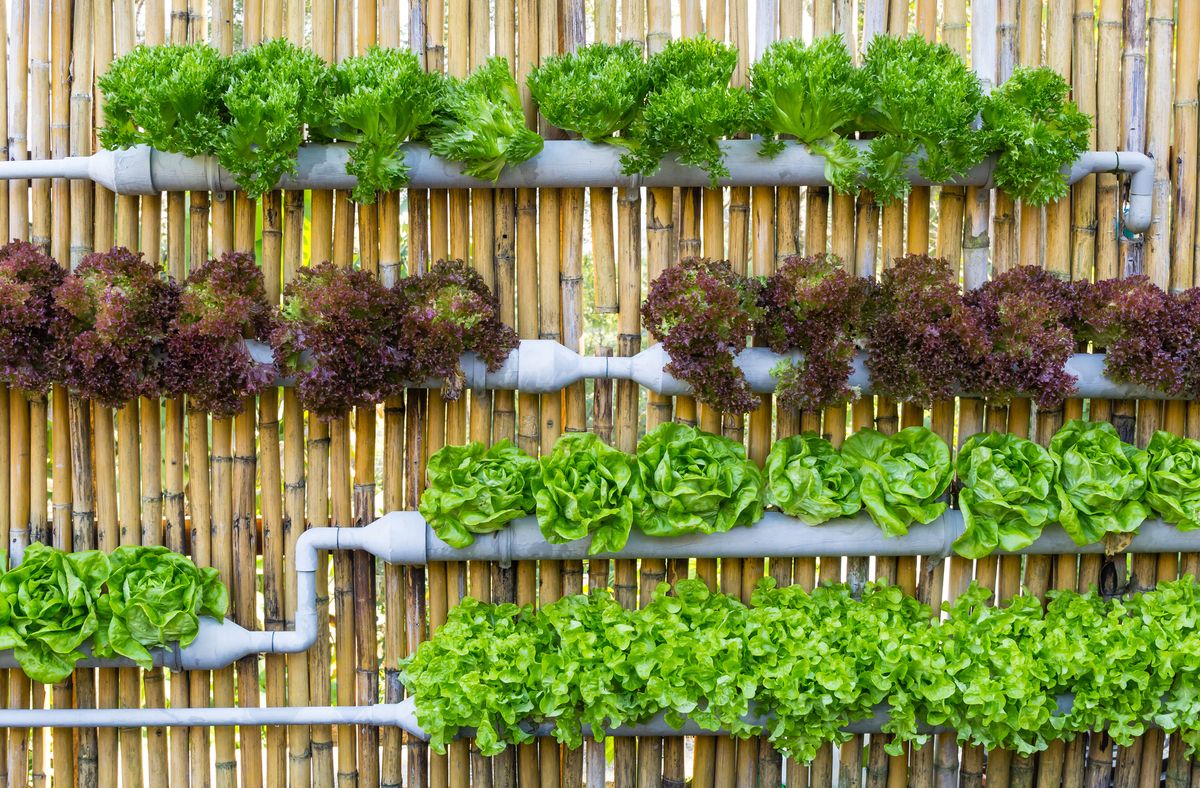
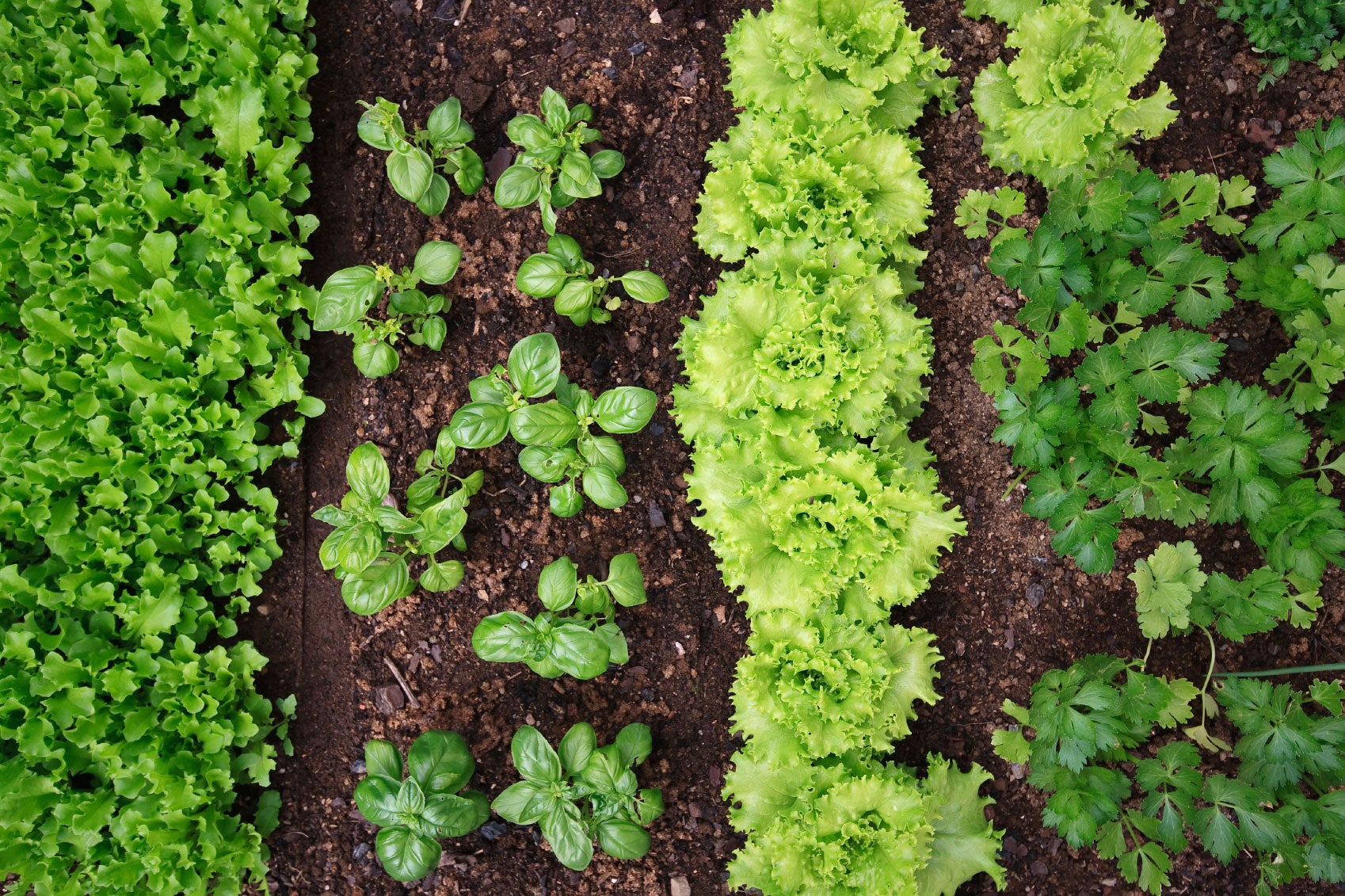

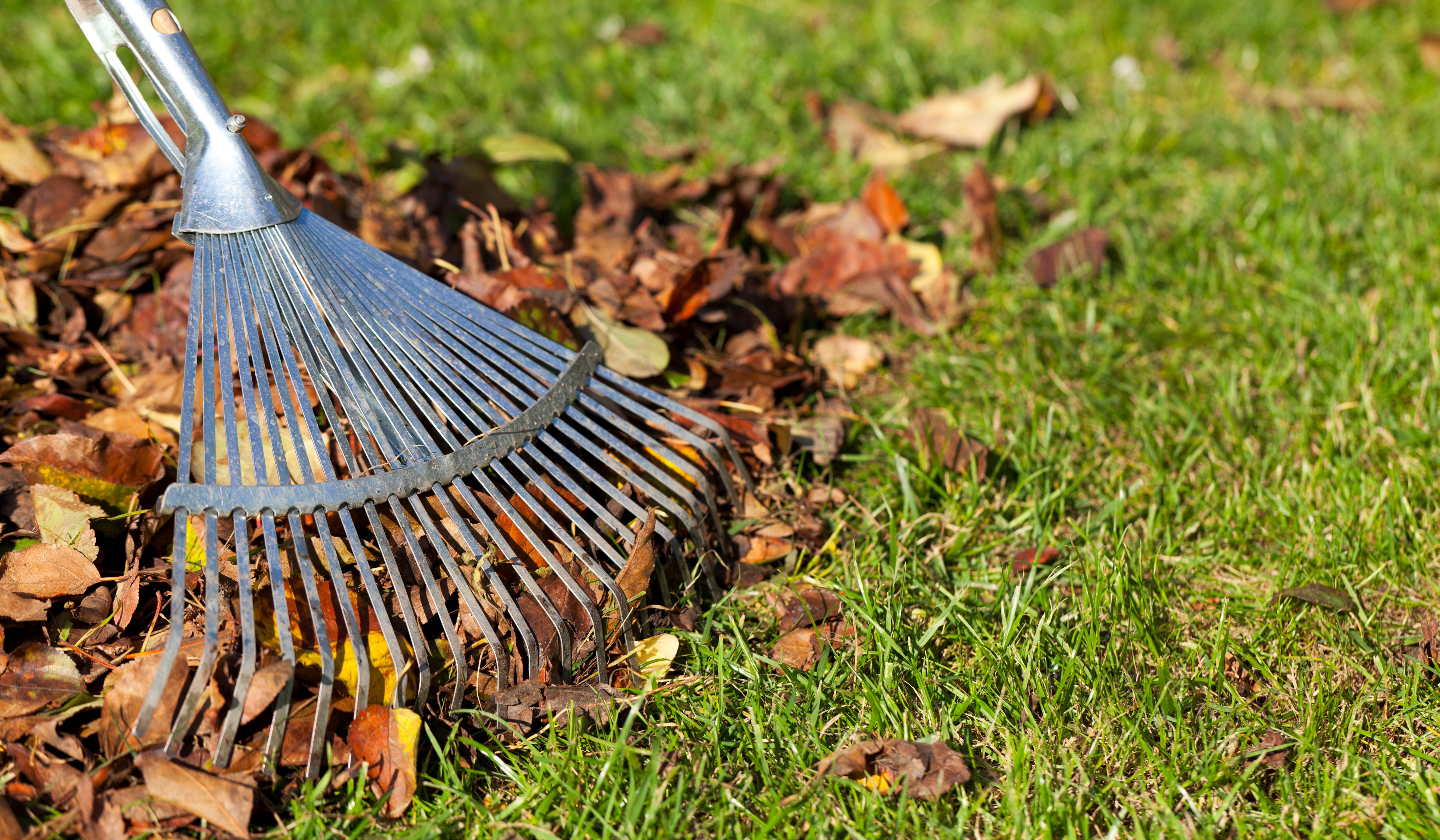
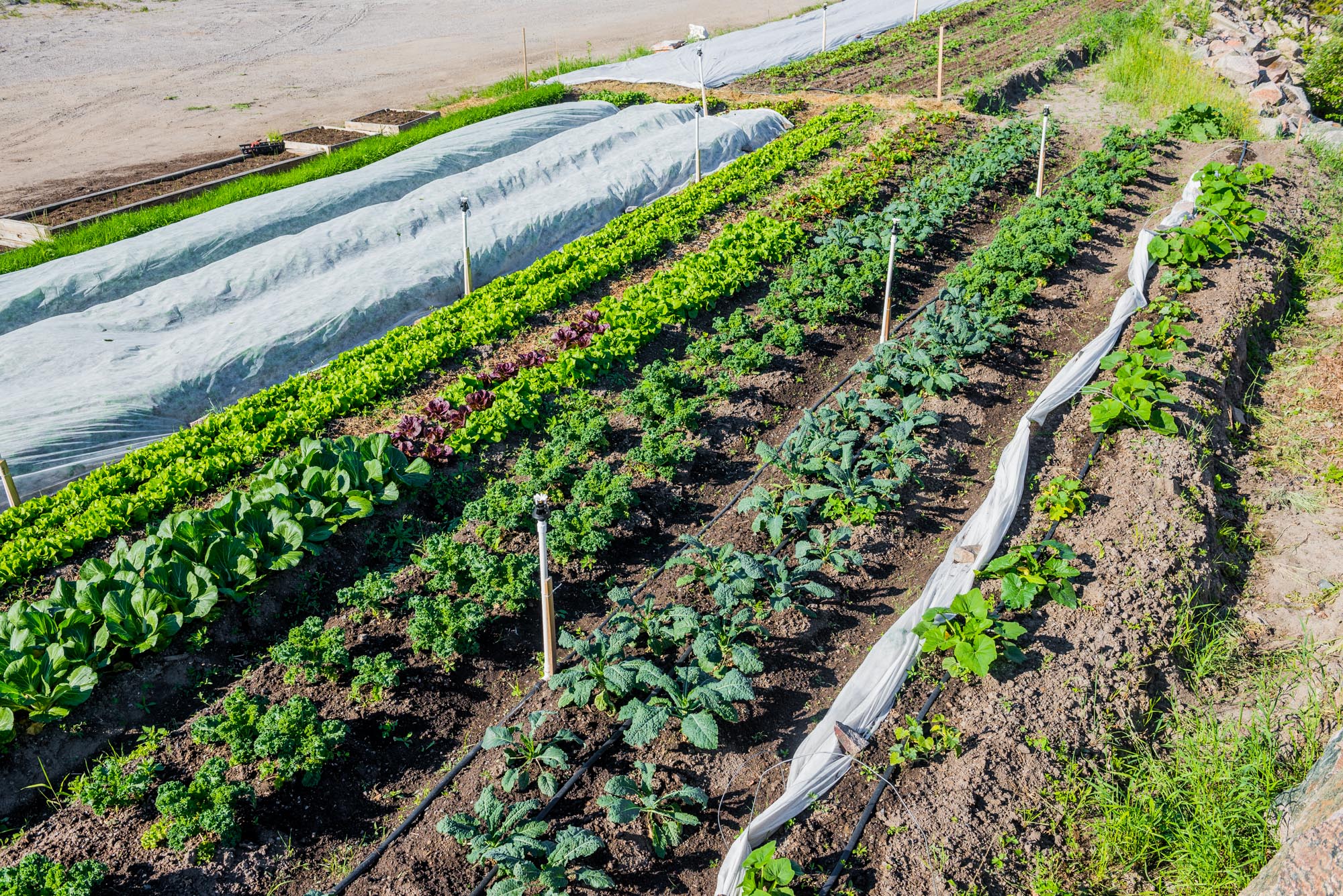

0 thoughts on “What Is A Garden Egg”